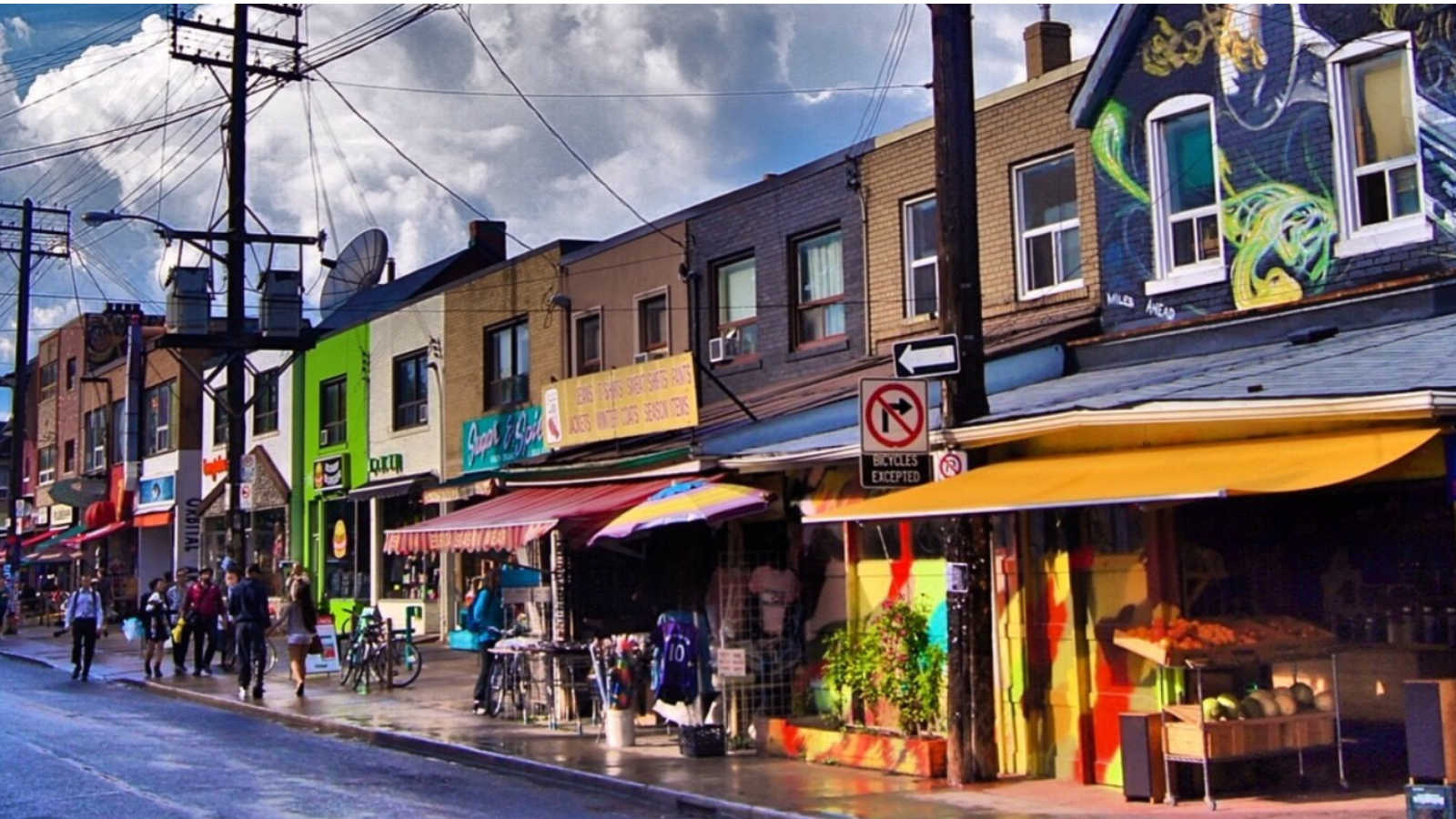Canada’s housing crisis is reaching a boiling point. We hear about the causes all the time: gentrification, renovictions, real estate bubbles, and more.
But what about the solutions? One solution with a long history in North America is gaining steam — community land trusts. There are now more than 40 of them across Canada working to keep neighbourhoods diverse, affordable, and vibrant.
Ready to learn more about this growing movement? Here’s a primer.
First things first: what is a community land trust?
In the broadest sense, community land trusts are non-profit organizations that own land and make decisions for what happens on that land at the direction of their members, typically residents of the area. Together, members decide what their community needs and use the land they own to address those needs.
For example, if the neighbourhood needs more affordable housing, they could lease some of their land to a co-op or non-profit housing provider. If they’d like to encourage arts and culture, they could develop studio spaces or performing venues. And much more!
How do members make decisions?
Community land trusts run like democracies. Members of a land trust elect a board who makes the decisions. A common governance structure is the tripartite model, where one third of the board needs to be made up of residents inside the land trust’s properties, a third made up of members from the surrounding community, and a third made up of government officials, housing experts and other stakeholders.
Getting this balance of power right is key, because it ensures the community land trust doesn’t only act in the interests of any one stakeholder group. This isn’t a glorified NIMBY group, in other words.
Is there a community land trust near me?
There just might be! There are more than 40 community land trusts across Canada. Find a directory here.
Check out this video for the story of the Kensington Market Community Land Trust, the group working to preserve affordability in one of Toronto’s rapidly gentrifying neighbourhoods. Plus, more on the community land trust movement across North America.
How do community land trusts get the money to buy land?
Community land trusts don’t always start with a lot of money, but they do have lots of community support — and that’s why many of these groups choose to raise capital by mobilizing their communities. To do this, many issue community bonds, a type of investment opportunity that allows residents and supporters to invest directly in a community land trust’s projects.
Back up, what are community bonds?
We’re so glad you asked! Community bonds are a social finance tool that can be used by charities, non-profits and co-operatives to finance socially and environmentally impactful projects. Similar in many ways to a traditional bond, they are an interest-bearing loan from an investor, which has a set rate of return and a fixed term. In other words, they function like an I.O.U: community land trusts, in this case, ‘sell’ a bond to an investor, then pay that money back after an agreed-upon amount of time (usually a few years) and with predetermined interest.
Why community bonds over other financing options for community land trusts?
Community land trusts benefit from a diversity of financing options, but many are exploring community bonds because with this model, they can get the financing they need on their own terms. They don’t have to wait for a government grant or the bank’s approval for a loan — they can launch a community bond campaign when they want to, how they want to. This offers flexibility, which is especially important to land trusts since they often have to spring into action when a piece of property is for sale. Some community land trusts choose to run community bond campaigns to buy specific properties, while others like the Ottawa Community Land Trust are choosing to raise money for a fund they can pull from when properties come onto the market.
Another big reason? Community bonds align with these groups’ ethos of true community economic development (not gentrification). Returns don’t go to big banks or major investors; they go to everyday people living in the neighbourhood, frequenting public spaces, and supporting local businesses. In this way, community land trusts are able to funnel money back into their local economies, fuelling thriving communities from every angle. Learn about all the benefits of community bonds here.
Are you running a community land trust (or thinking of starting one up) and looking for financing? Get in touch with our team — we’d love hear about your project and explore whether community bonds are a good fit.

